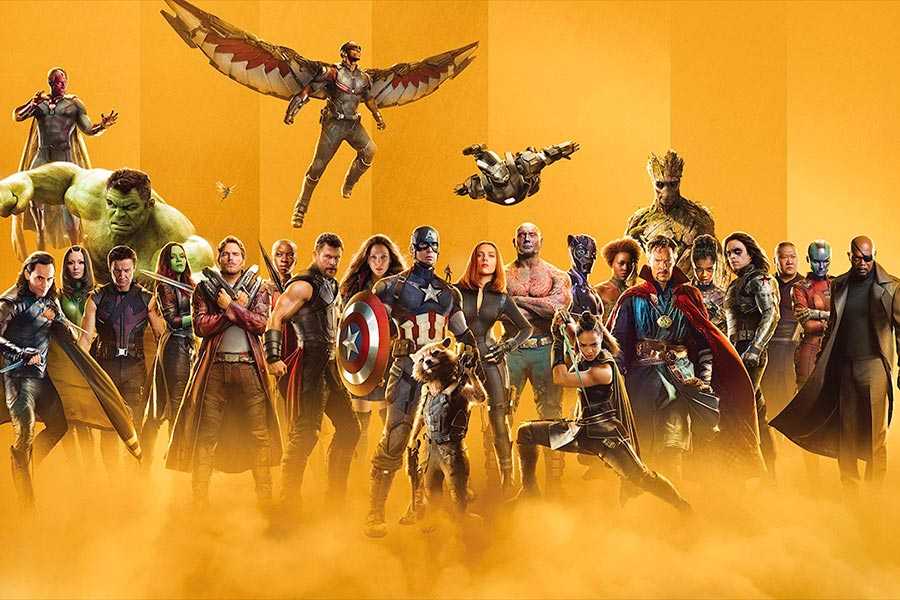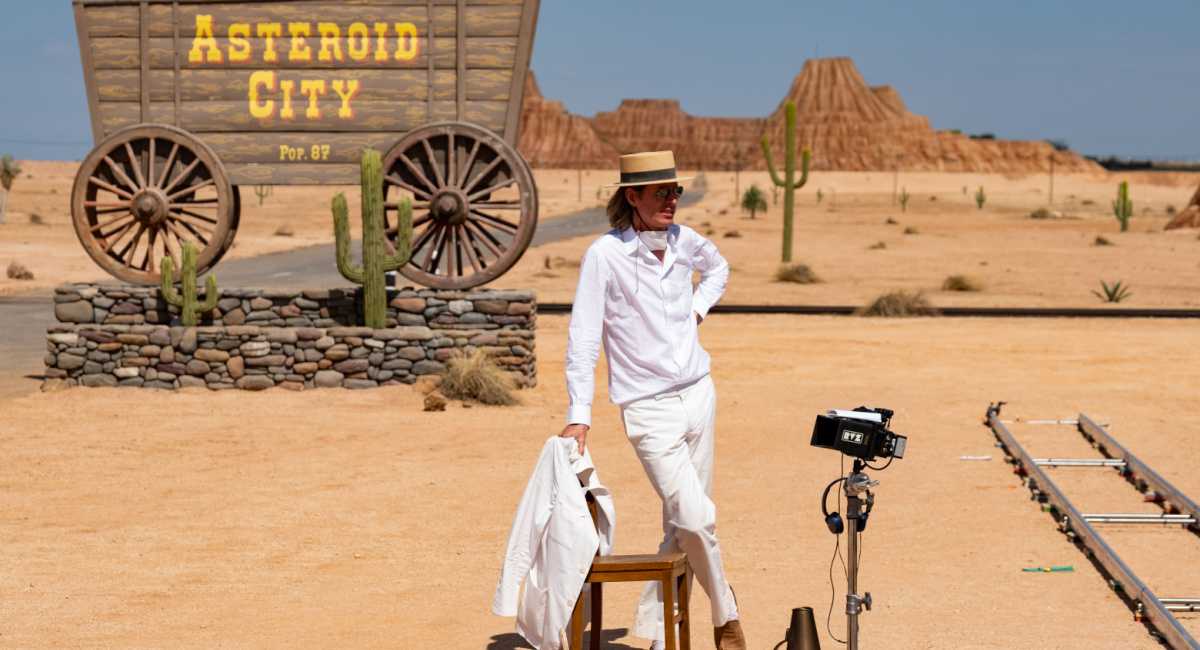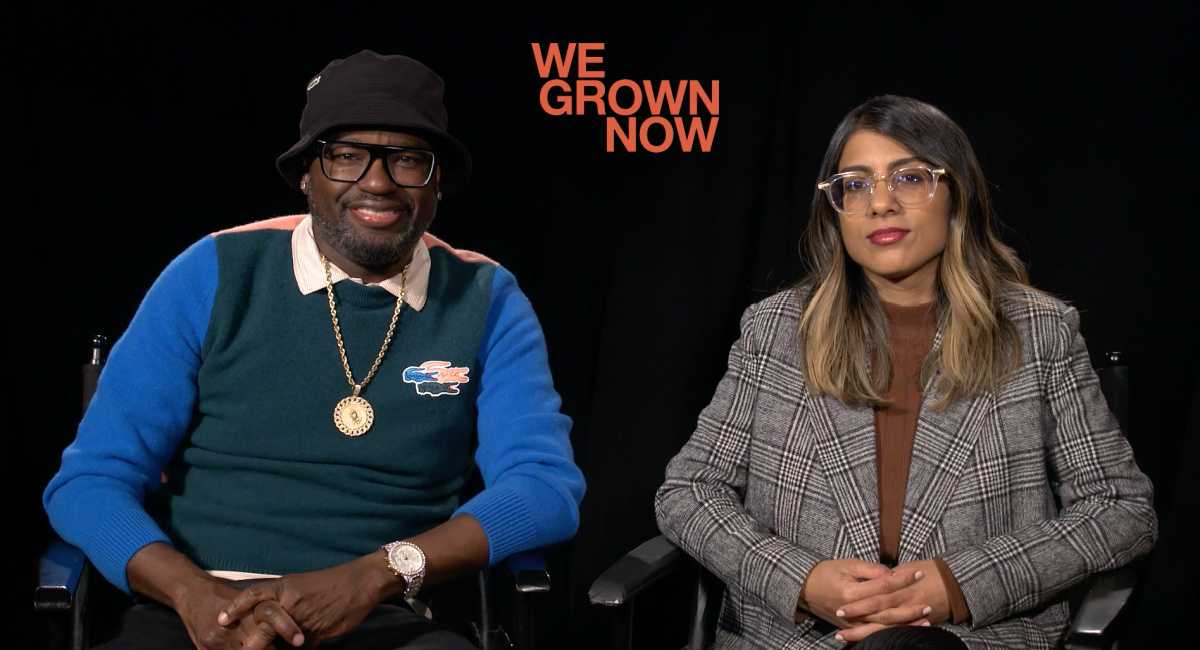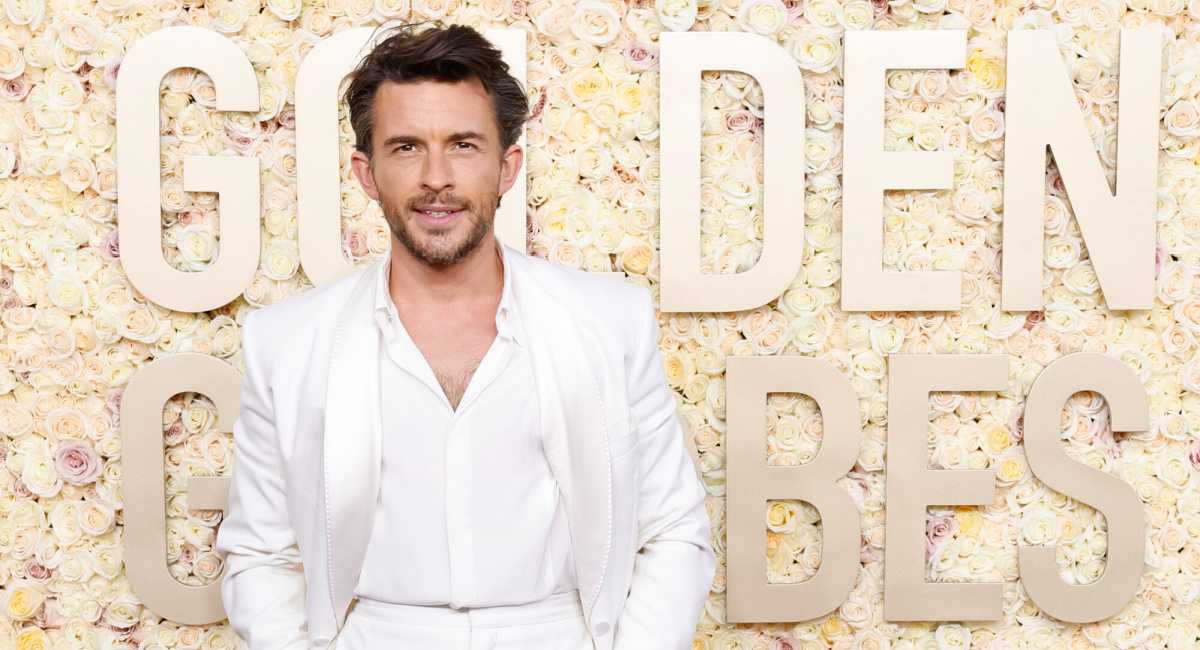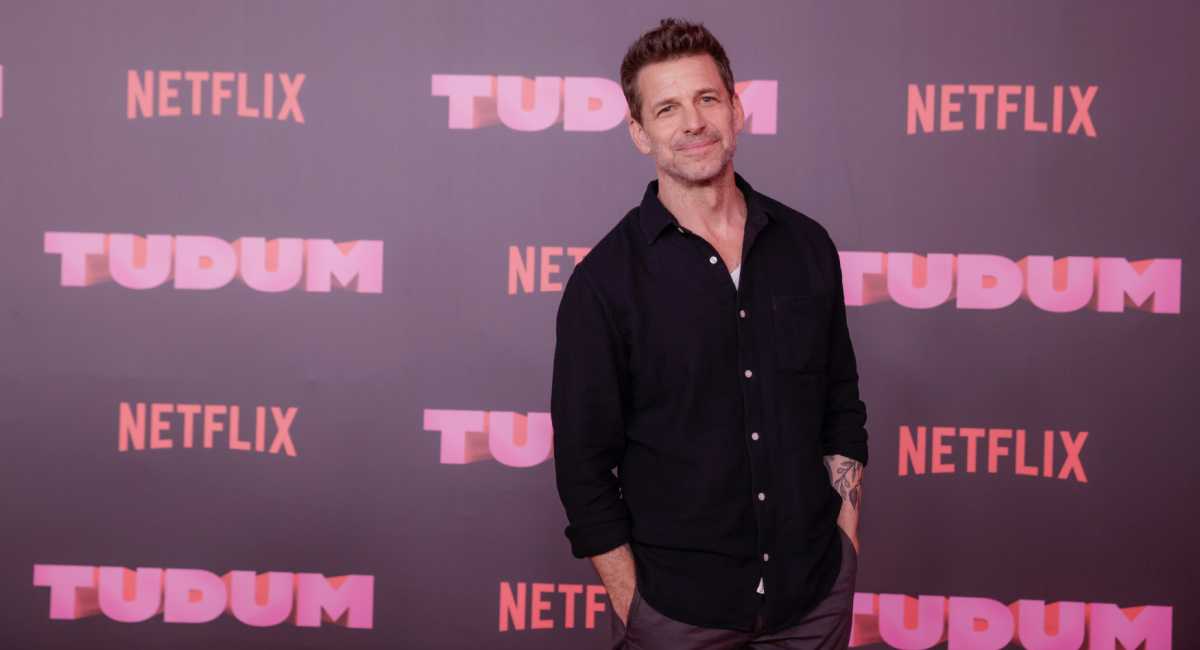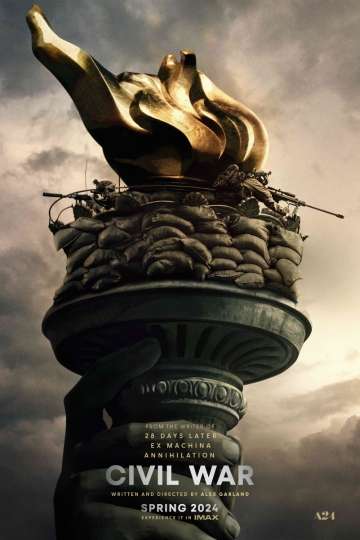9 Reasons Why Disney's 'Sword in the Stone' Remains the Definitive King Arthur Movie
There are many movies based on Arthurian legend (or at least tangentially related to Arthurian legend), everything from "Excalibur" to "Unidentified Flying Oddball" (look it up). This week sees the release of the latest adaptation in the form of Guy Ritchie's bro-y, wise-cracking take on the material, "King Arthur: Legend of the Sword."
This new adaptation is exciting and fun but it's not definitive. In fact, if there were to be one Arthurian adaptation that we would watch, over and over again, it's got to be Walt Disney's "Sword in the Stone." Based on T.H. White's novel of the same name (part of his "Once and Future King" series) originally published in 1938, the animated tale has endured. Quite frankly, it's the best King Arthur tale committed to film. And here's why.
1. For Many, It's the First Arthurian Legend They Were Exposed To
John Boorman's "Excalibur," arguably the most true-to-the-tale adaptation (and a cult favorite), is rated R. Other, goofier versions of the story, like every take on Twain's "Connecticut Yankee in King Arthur's Court," stray too far from the original material. So for many, a pure dose of Arthurian legend (filtered through White's, and later Disney's, whimsical sensibilities) first came in the form of "The Sword in the Stone." And that's incredibly powerful. If it had been awful, then we would have all grown up thinking Arthurian legend was stupid and lame. But we know that it's totally awesome because we saw "The Sword in the Stone." And we probably tried to pull the sword out of the anvil when visiting Disneyland or Walt Disney World. Hey, it doesn't hurt, right?
2. It's Super Magical
And that's the first thing that you notice; it's super magical. It's magical in an offhanded way, where there's not a lot of pomp and circumstance. There's no "oh, look at how cool this is." It's just, "this is how Merlin and his owl sidekick and all of these medieval people exist. Magic just happens to be a part of it." That attitude somehow makes everything more magical. It's just great. And it's even more appreciated when holding it against something like the new "King Arthur," which features magic that isn't all that dazzling and giant creatures that can't even stir half of emotions that come along, prepackaged, in "Sword in the Stone."
3. The Songs Are Great
Richard and Robert Sherman, "The Boys" (as Walt Disney called them), are responsible for some of the most well-known songs in the Disney playbook, including "Feed the Birds" from "Mary Poppins" and the "It's a Small World" theme music. They were also responsible for the songs from "The Sword in the Stone," which aren't as lauded as the rest of their resume but just as good. Seriously. Look them up. "Higitus Figitus" is so good and jazzy (some of the enchanted objects predate "Beauty and the Beast") and "That's What Makes the World Go Round" has such a wonderful life-lesson-y quality to it. The songs are so good, in fact, that they breathe life into stories that could have been seen as old fashioned or dull.4. It's Beautiful
One of the problems that has befallen recent Arthurian adaptations, like 2004's Jerry Bruckheimer-produced "King Arthur," is that they insist on being "gritty" and "realistic" which oftentimes translates to "colorless," "muddy," and "bland." While there's certainly a spring in "King Arthur: Legend of the Sword's" step, it's not exactly breathtaking. One action sequence is almost entirely obscured by a giant dust cloud, which is kind of a bummer because what's going on inside that dust cloud is pretty cool. But "The Sword in the Stone" is stunning.
They were using Xerography, a cost-cutting method where animation cells were copied (Xeroxed) and have a scratchy line quality that one animator described as "hairy," but the process had been defined and the lines are oftentimes smooth and sharp. (I love it because it's the actual animator's line that's making it to the screen, not someone from a different department painting over those lines.) And just look at the color in this movie and the character animation. You could watch the movie and just focus on Merlin's beard the entire time and be absolutely dazzled. And the color and action add to everything else that makes the movie so powerful (and memorable).
5. There's Something Lovably Crummy About It
Sure, the animation is gorgeous (particularly the character animation) but "The Sword in the Stone" is also, for lack of a better phrase, lovably crummy. The feature was made during a time at the studio when Walt was losing interest in animation and was moving on to bigger, better, more technologically innovative things. (It was released in December, 1963, just months before the 1964 World's Fair would open in Queens and with a handful of pavilions, would help radically alter the cosmology of the company.)
The animators, always a sensitive bunch, felt the need to alert Walt to this by turning Merlin into a caricature of their beloved leader. But the joke was on them, because Walt didn't notice. (Look at Merlin's nose, then look at Walt's. It's plain as day.) Some of the design work is noticeably lo-fi and there's the matter of Wart nee Arthur being voiced by three different children (because of how long the production took) which is very clear when you watch the movie. Other King Arthur movies may be concerned with the mud and the grit, but "Sword in the Stone" maintains a level of lived-in realness simply by the virtue of its somewhat handmade quality and somewhat pained production.
6. That Twist
Throughout most of "The Sword in the Stone," the main character is referred to as Wart. But it later becomes clear that Wart is actually Arthur and that he'll be the one to liberate the titular sword from the stone. That's a good twist, and while there are King Arthur adaptations that try to squeeze in some twists (there are a fair share in "King Arthur: Legend of the Sword"), none packs the emotional punch of the twist here. It's just so good.
7. The Sword Pulling Scene Is Unforgettable
Whenever I think of Arthur pulling Excalibur out of the stone, I always think about how it's rendered in "Sword in the Stone." There's something about that moment that is just so profound, and how it's just offhandedly presented. Arthur takes the sword and then Kay (a roundtable knight in proper mythology) doesn't believe him. So they make him do it again. And it's amazing. There's the gently falling snow, the heavenly beam of light, the choral soundtrack. Then there's Arthur himself, looking rumpled and wearing a too-big coat (that animation, seriously). It's so charming and deeply moving. Sure, there are cool representations of this in other movies, but nothing will give you the goose-bumps like this one. Also: none of the other movies have the transformative event witnessed by a wisecracking owl.
8. There's Real Heart
Maybe the most important thing that sets "Sword in the Stone" apart from other Arthurian adaptations is how much heart it has. Watching the movie as a young child, it becomes something that you expect in other movies, with Arthur having a familial bond with Merlin. But often this just isn't the case, and in recent years, in an effort to frame the fable in a historically accurate context, Merlin has become further and further removed. It's unclear why anyone (filmmaker or otherwise) would think this is a good idea after watching how well it plays out in "Sword in the Stone."
Merlin is fussy, for sure, but the care and attention he gives Arthur is pretty touching and the way that their relationship functions is quite intimate, with Merlin teaching Arthur all sorts of tricks to deal with the world (including some very magical ones) and Arthur acting the wide-eyed student, sometimes questioning but always listening intently and observing. Heart is what sets Disney movies apart from everything else and in "Sword in the Stone," it's positively overflowing.
9. So Many Animal Transformations
Seriously. Merlin and young Arthur change into so many animals. It's amazing!
The Sword in the Stone
Wart is a young boy who aspires to be a knight's squire. On a hunting trip he falls in on Merlin, a powerful but amnesiac wizard who has plans for him beyond mere... Read the Plot




